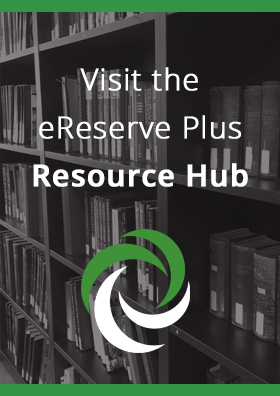In the course of putting together a lesson plan for the school year, educators tend to collate resources and information from numerous disparate sources and bring it together into one cohesive curriculum. In addition to using their basic textbooks, they also incorporate other literature, video material and new media-based content that they find online.
If you’re not fully aware of the legal ramifications involved with copyrighted content, you might be getting yourself into trouble.
The more different sources you can bring together, the greater diversity of perspectives you’re passing on to your students, which is desirable. There’s just one problem, though – when you use many sources of educational material, there’s no guarantee you have the legal rights to use all of them.
This is why educators should care about copyright law. Ideally, you’d be able to teach using as many sources of information as possible, but if you’re not fully aware of the legal ramifications involved, you might be getting yourself into trouble.
Intellectual property laws can be tricky
Conventional wisdom says that if you go to a bookstore and buy a given book, you then have the right to do whatever you want with that book. In reality, this couldn’t be farther from the truth. Especially in Australia, there are well-established educational copyright rules that govern what you can and can’t do about sharing information within those pages in an educational context.
According to the office of the Australian Attorney-General, the important distinction to make here is that intellectual property (IP) is entirely separate from physical property. Physically, you might own that paperback, but that doesn’t mean you have authority to distribute the information inside it to students. Intellectual property laws are in place to protect the content’s creators and give them economic rights.
IP laws apply to all sorts of creative works and they govern patents, trademarks, designs and more. If you make copies of a book and give them to others without permission, you just might be breaking the law.
Are you risking getting caught?
Have you made the mistake before of including unvetted copyrighted materials in your class reading list, or elsewhere in your lesson plan? You may have done so without even realising it. These days, there are so many instances of text, images and videos floating around online that it’s tough to even figure out where they came from.
According to Education World, this makes many educators think they can get away with violating IP laws because they’re hard to enforce.
“People routinely get away with illegal copying in the classroom for the same reason that people get away with speeding on the interstate,” said John Adsit, an online education coordinator in the US. “There aren’t enough police watching them.”

You never know when the wrong person might discover what you’re doing, however. Adsit also relayed an anecdote about a local teacher who was showing a copied movie in class and had no idea that one of his students was the producer’s daughter. The odds of this happening aren’t great, but the more you are unaware of the law, the riskier it becomes.
Learn to manage copyrights with ease
It’s difficult to stay on top of everything where copyright management is concerned. Putting together an entire reading list and lesson plan is a complicated process, and, as a teacher, you never know when you might run into an issue with IP or copyright. So – rather than checking copyright permissions manually, why not automate the process and make copyright easy?
With eReserve Plus’ copyright capabilities, that’s exactly what you can do. We offer immediate and accurate reports on your copyright status, easily available with the click of a mouse. To save yourself a considerable amount of time, not to mention potentially breaking the law, find out today what eReserve Plus can do for you.


